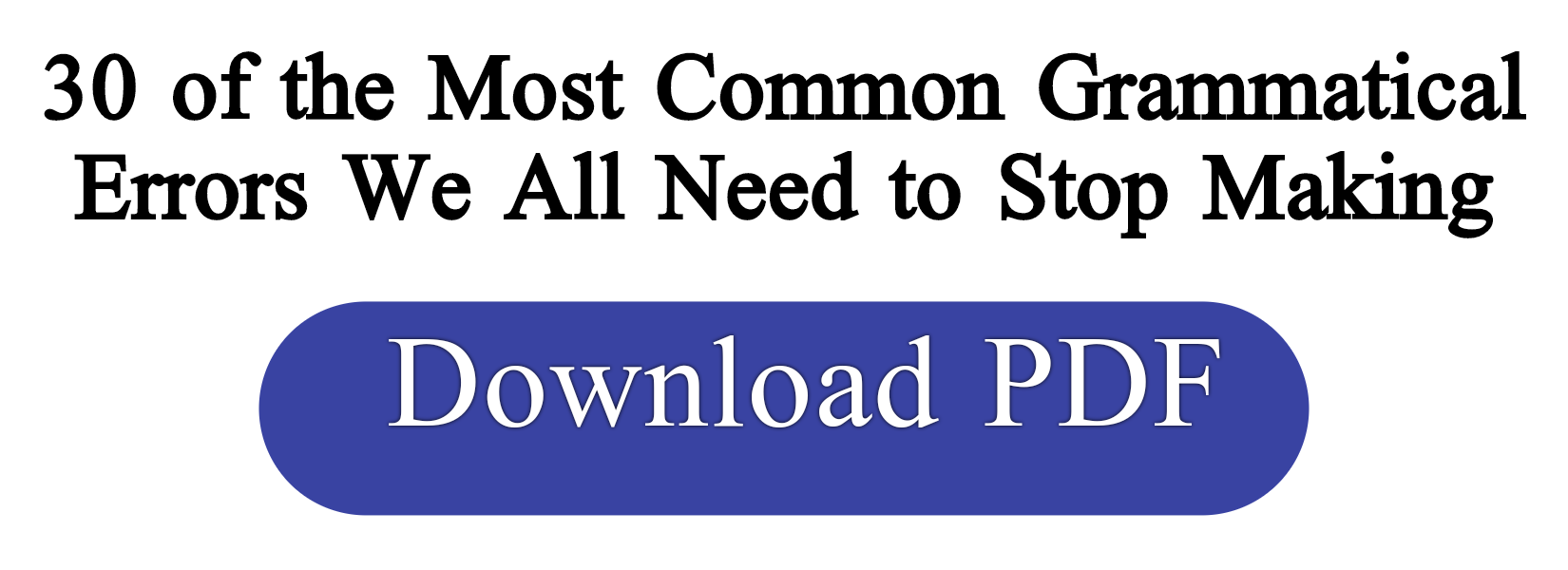THAT, SAY AND TELL, AND REPORTED QUESTIONS
1) THAT
We often use that to join a reported speech clause to the rest of the sentence.
Example:
- I said that I was feeling tired.
- You told me that you would be careful.
1) SAY AND TELL
After say and tell (+ person), we often leave out that, especially in an informal style.
Example:
- I said I was feeling tired.
- You told me you would be careful.
3) REPORTED QUESTIONS
a) Tenses, adjectives, pronouns, etc in reported questions change in the same way as in reported statements.
|
Speaker’s words |
Reported speech |
|
What are you doing? How is your brother? |
The policeman asked the men what they were doing. She asked how my brother was. |
NOTE: In reported questions, the word order is the same as in statements (e.g. they were doing, my brother was), and we do not use the question mark (?).
b) In reported questions, we do not use the auxiliary verb do (do, does, did).
|
Speaker’s words |
Reported speech |
|
What do you want? Where does he live? Why did you say that? |
I asked what she wanted. They asked where he lived. He asked why I’d said that. |
c) When there is no question word (e.g. what, where, why), we can use if or whether to introduce a reported question.
|
Speaker’s words |
Reported speech |
|
Are you cold? Do you want a drink? Can you speak English? |
I asked if he was cold. She asked whether I wanted a drink. They wanted to know if I could speak English. |
d) After ask, we often use an object (e.g. Bill Gates, me) to say who was asked.
Example:
- I asked Bill Gates if he was cold.
- She asked me why I said that.








